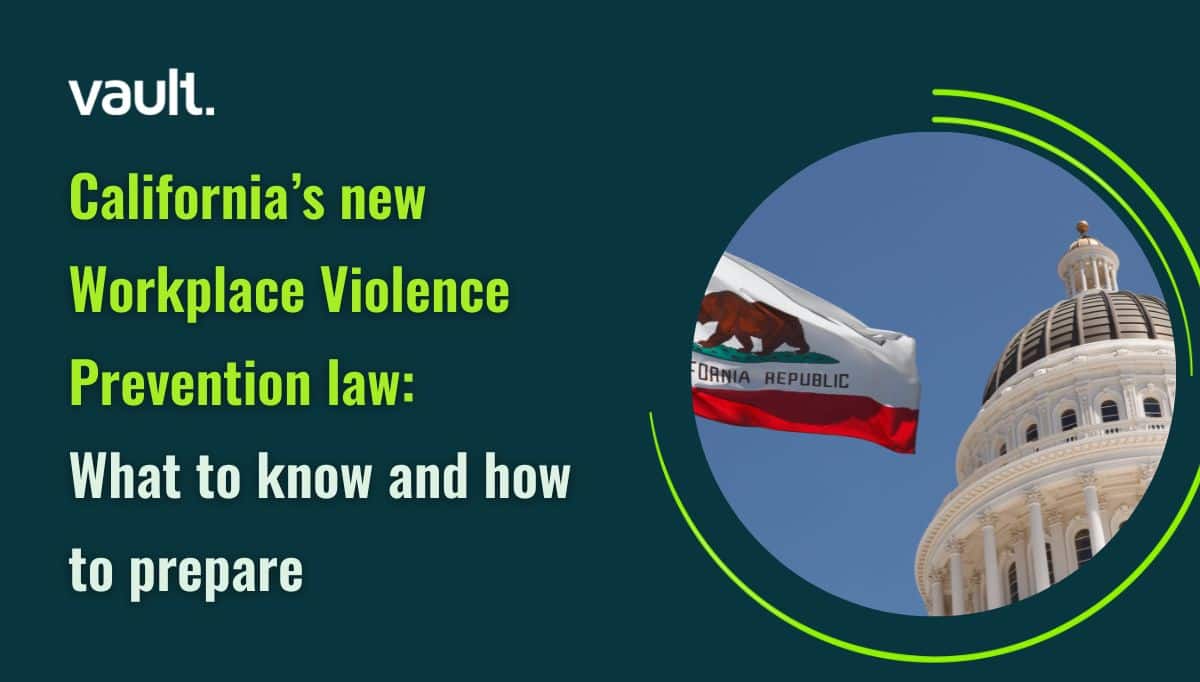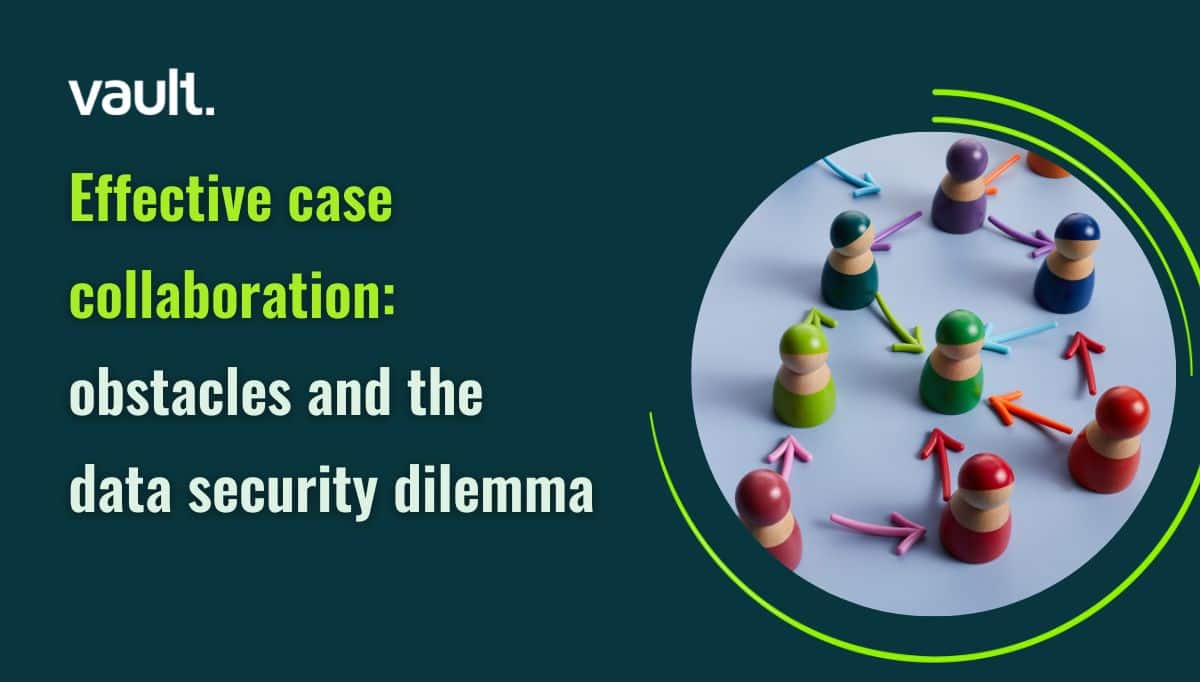
The passage of Senate Bill 553 mandates virtually all California employers to adopt and implement a Workplace Violence Prevention Plan (WVPP) by July 1st, 2024. The new law brings a renewed focus on workplace safety and requires compliance with broader reaching safety standards.
This article covers the essential components of the law and actionable steps to ensure compliance and safe working environments that are in accordance with it.
Who is impacted
The law affects all employers with California employees, with a few exceptions:
- Places of employment where less than 10 employees are working at any given time, and the location is not accessible by the public. The location must also be in compliance with Cal/OSHA’s Injury and Illness Prevention Program Standard.
- Employees teleworking from a location of their choice that is not under the employer’s control.
- Healthcare facilities already covered by Cal/OSHA’s Workplace Violence in Healthcare Standard.
- Law enforcement agencies and several other facilities outlined by SB 553.
Components of a WVPP
CalOSHA’s model plan outlines key responsibilities for administrators and employees, policies for hazard identification, emergency response protocols, and procedures for plan review. Employers must designate individuals for WVPP implementation and development and ensure accessibility for all employees, ensuring active participation in plan development and execution.
The employer’s violence prevention plan must include specific procedures, including responsible employee delegates, incident handling processes, post-incident response documentation, trainings, and ongoing review of policies and procedures. Components include:
- Clear identification of individuals of the name or job title of the individual responsible for the plan;
- Responsibilities for administrators and employee involvement
- Response to reports of workplace violence protocol
- Post incident response and investigation practices
- Plans for ongoing workplace violence prevention assessment, required inspections, and identification of potential hazards;
- Escalation protocol for the workplace to obtain assistance from law enforcement, evacuation plans and responding to workplace violence emergencies;
- Employee training process;
- Details regarding ongoing employee communication about workplace violence including how an employee can report concerns without fear of retaliation;
- Procedures for ensuring compliance with the plan such as recognition for those who follow and exhibit safe work practices and disciplinary actions when necessary; and
- Annual evaluation of the plan
The policy document can be a standalone or integrated with other compliance and safety documents.
Incident reporting and record keeping obligations
In order to remain compliant with Senate Bill 553, incidents reported must include when and where the incident took place as well as a detailed description of the incident, the type of incident, and who it was committed by.
Organizations must keep incident logs and reports for at least five years. These records must be made available to employee and authorized representatives within 15 calendar days of a request.
How Vault can help
Case Management in Vault’s Resolution Hub makes record keeping seamless and efficient, ensuring cases can be handled efficiently and compliantly, keeping an open line of communication, even with anonymous reporters. The deep insights and analytics offered in the platform aid data-driven decision making and ensure that you’re not just responding to incidents but building an active Speak Up culture.
Formal intake channels Ensure compliance with simple, streamlined reporting channels for employees to speak up.
Anonymous, named or GoTogether reporting options allow employees and other stakeholders to report incidents in whichever way they feel most comfortable



